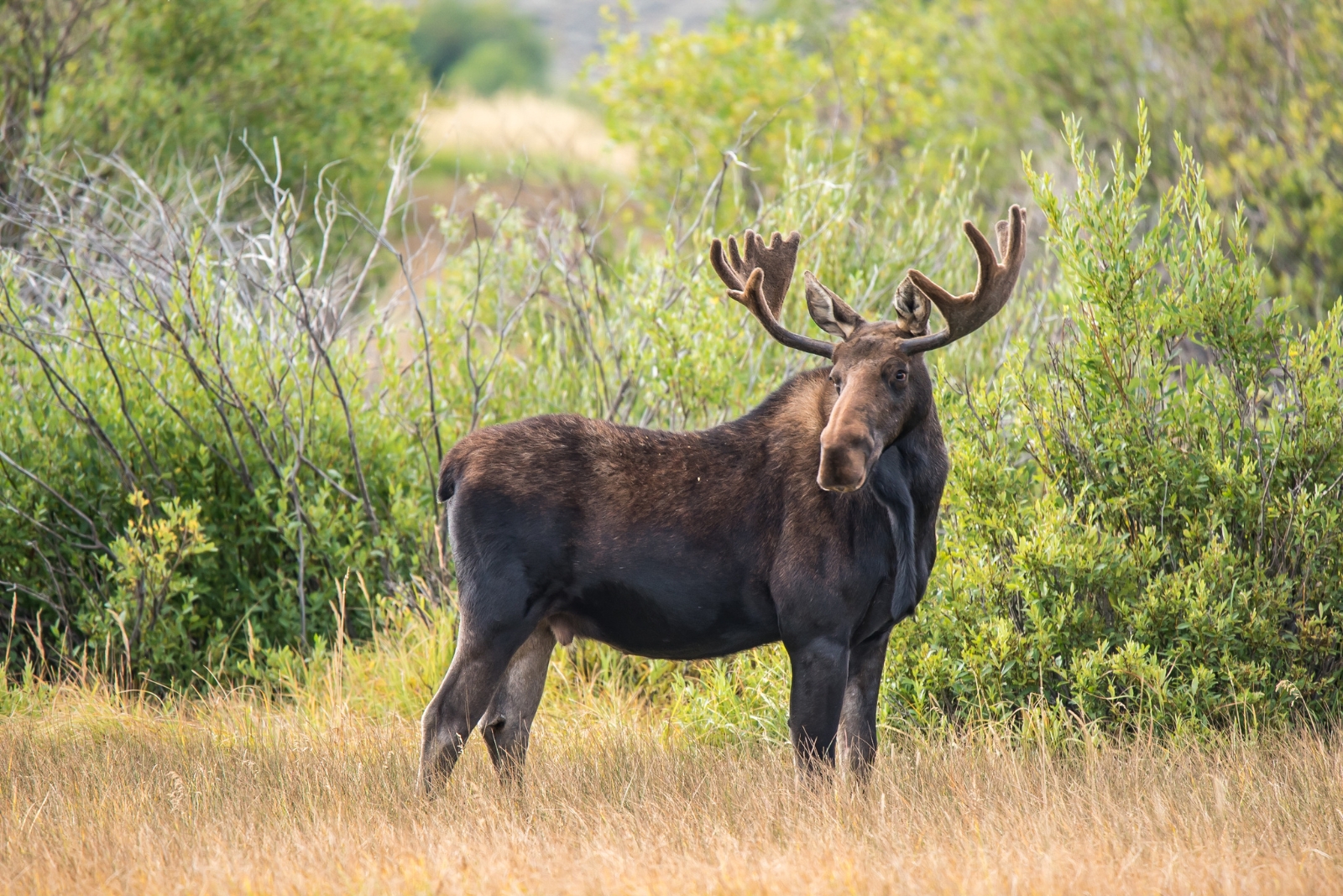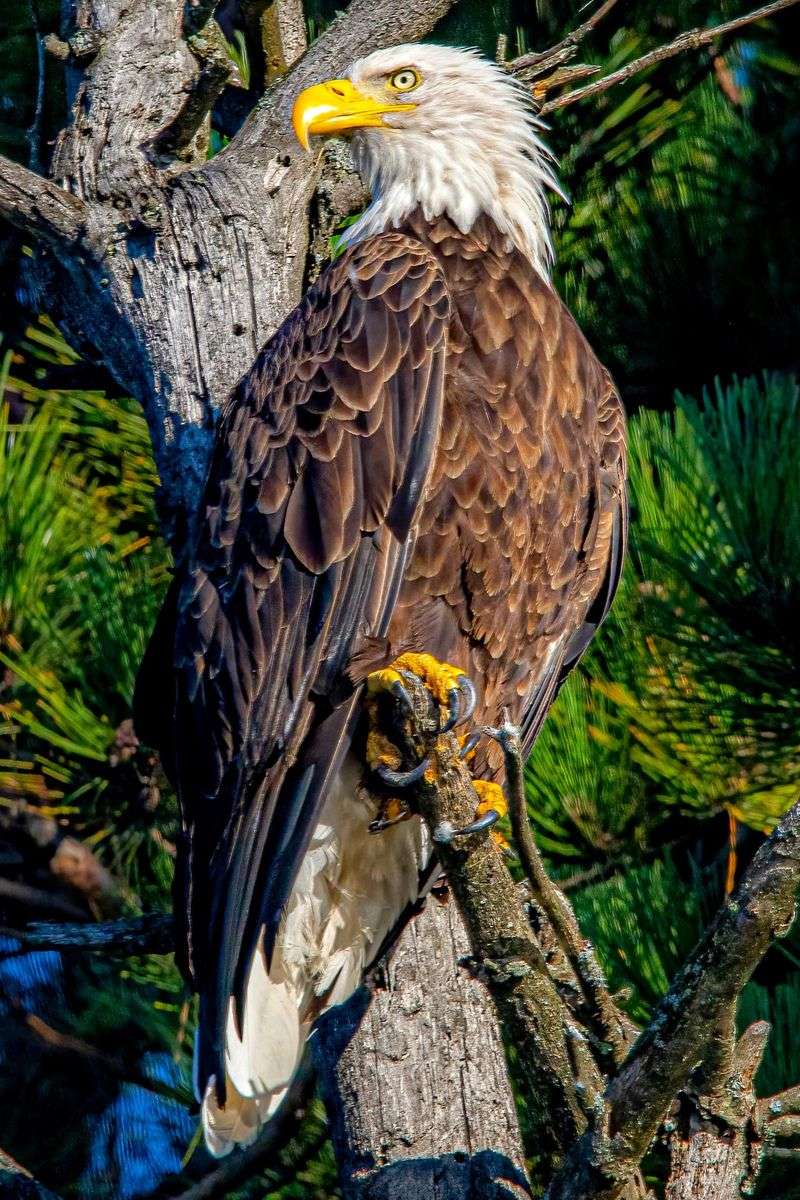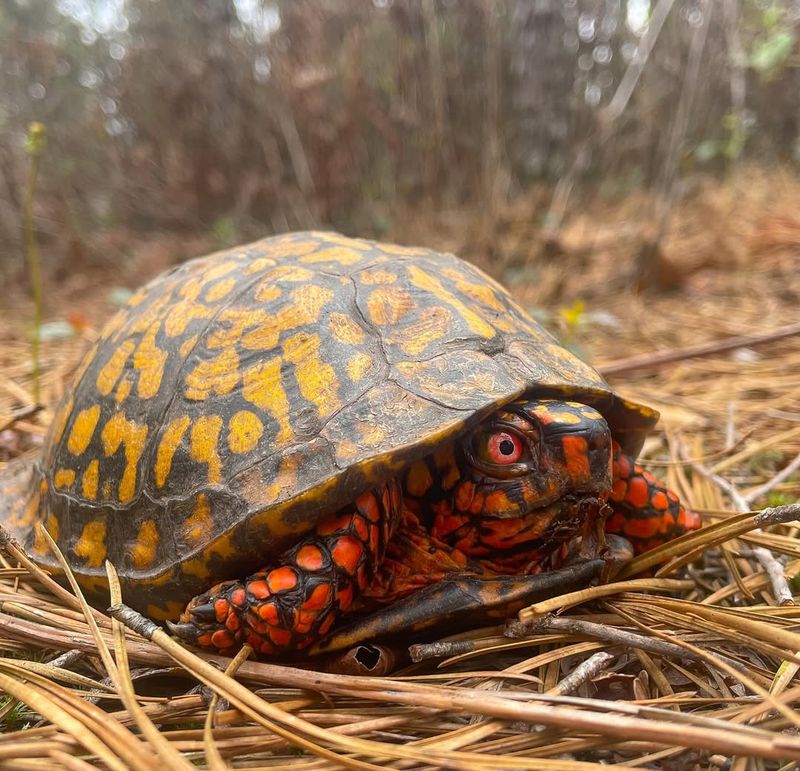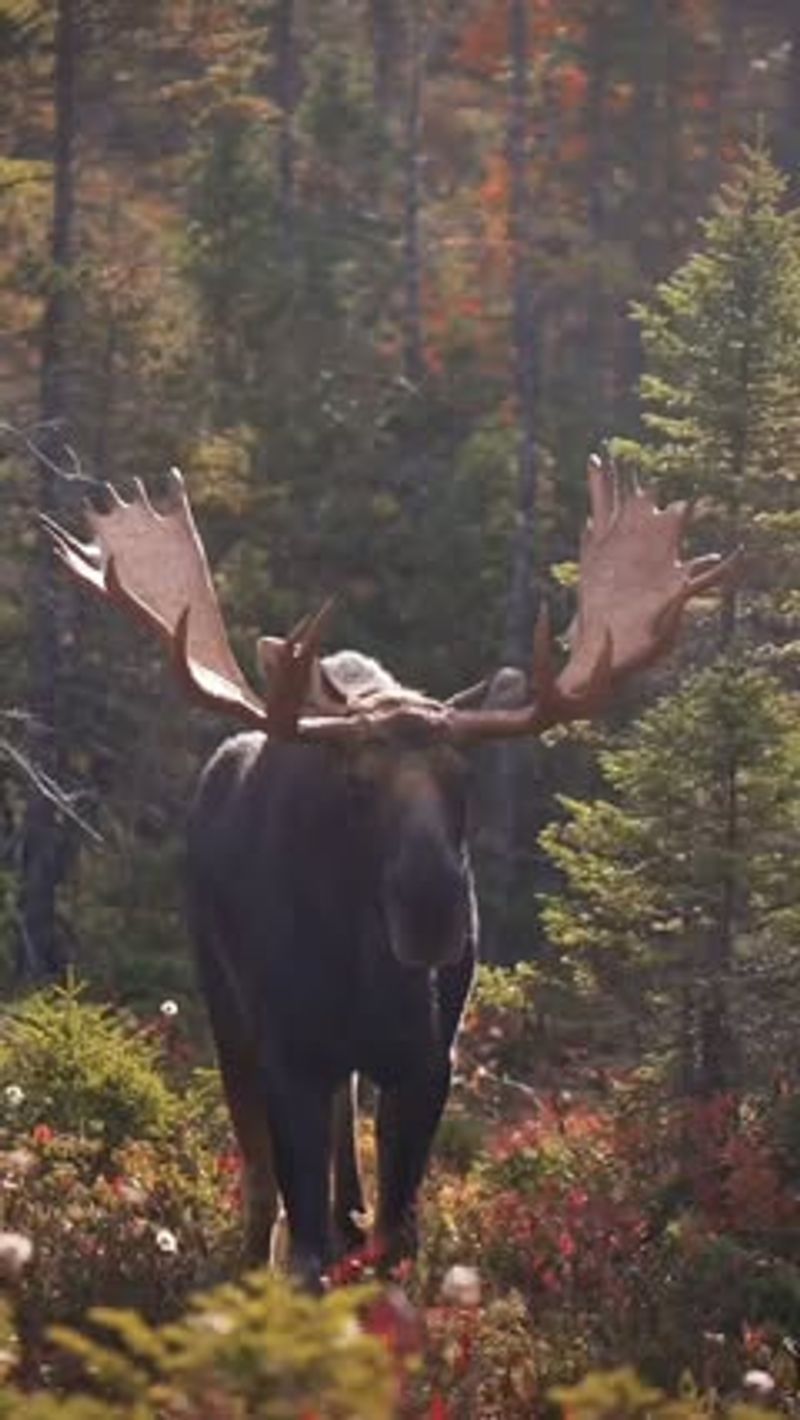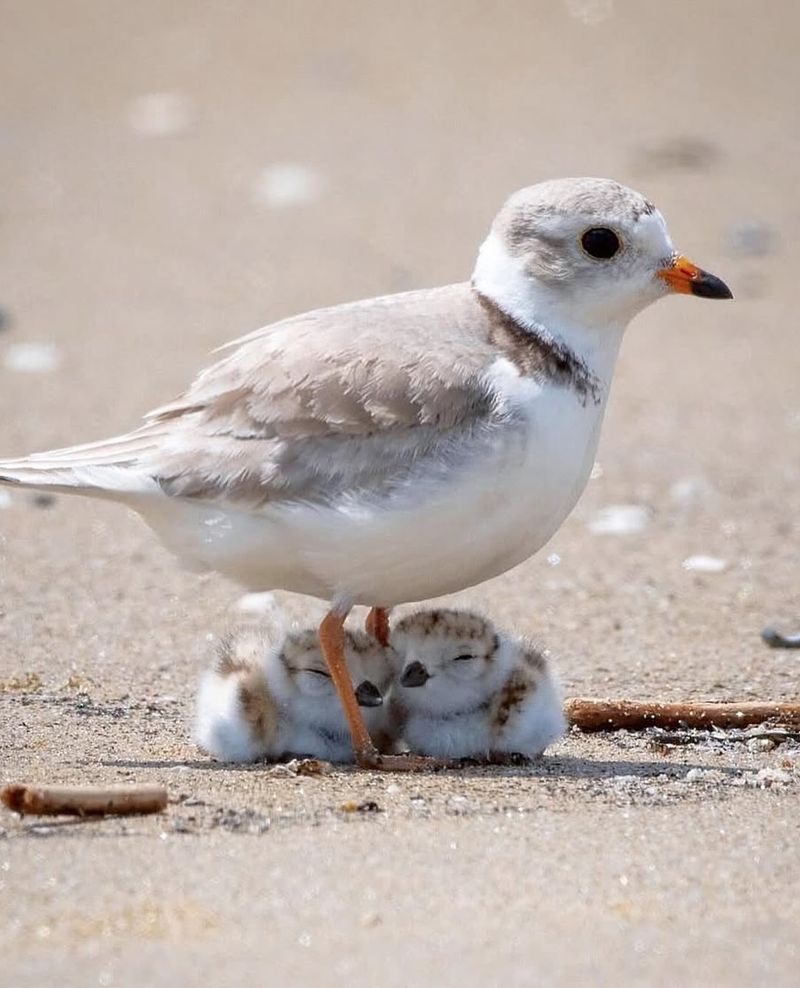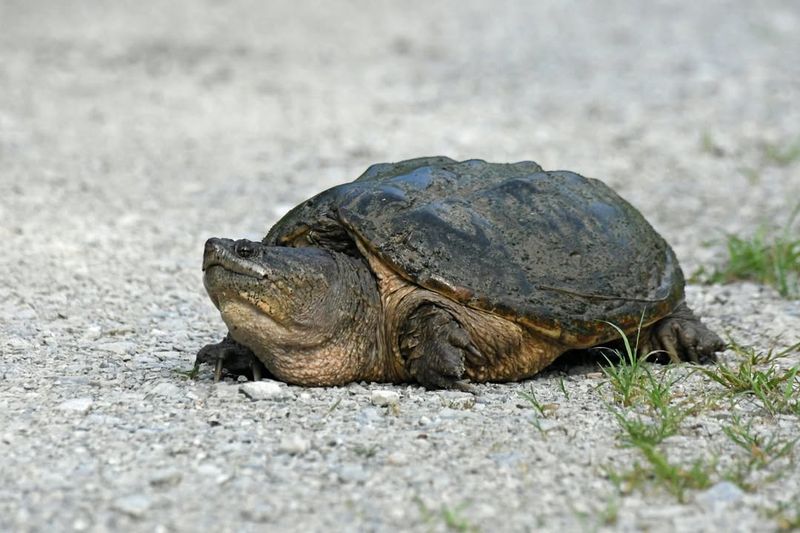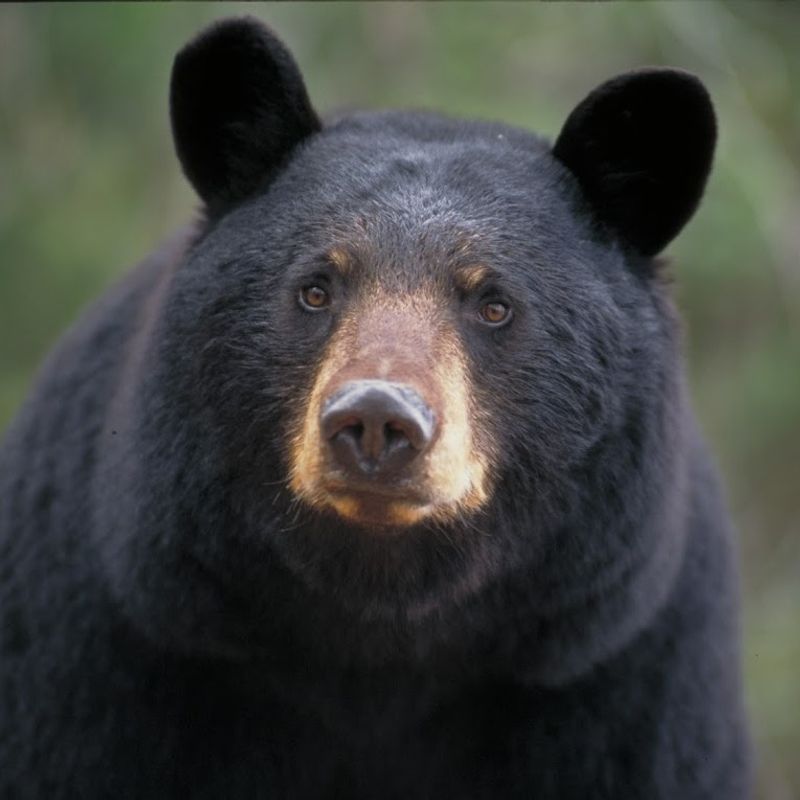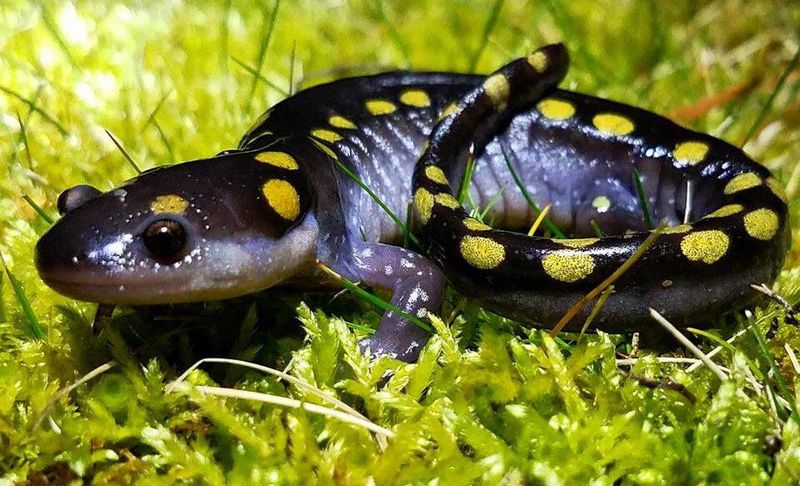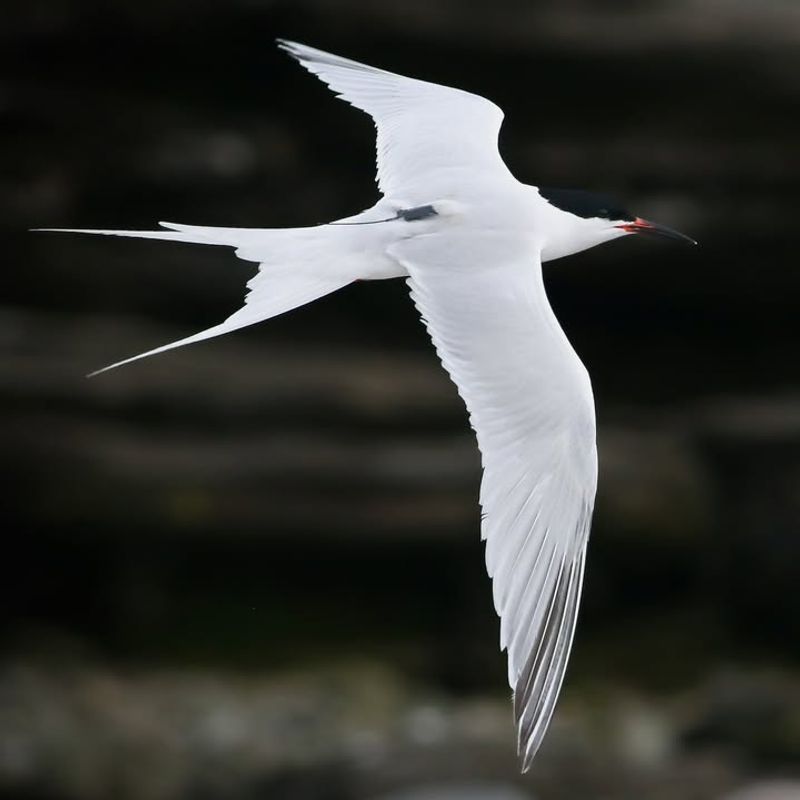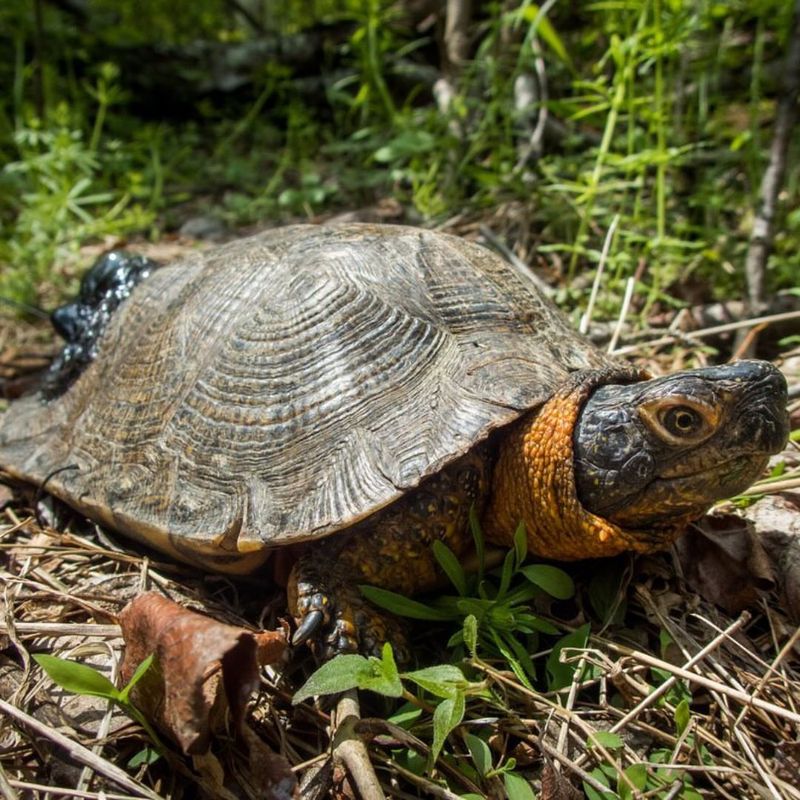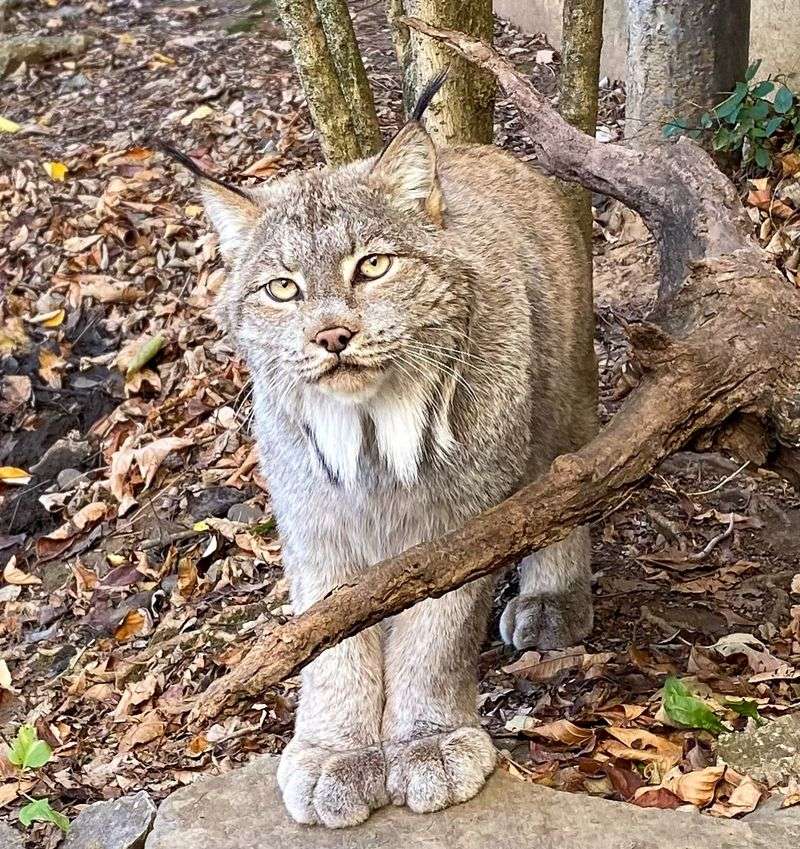Maine yards get visits from more protected animals than most people realize. I’ve had one wander past my porch before and didn’t expect the rules around it to be so strict.
These creatures show up quietly but come with firm regulations. Knowing who they are keeps everything calm and clear when they appear.
1. Bald Eagle
America’s national symbol soars through Maine skies with impressive seven-foot wingspans. Federal law strictly protects these raptors under the Bald and Golden Eagle Protection Act, making it illegal to disturb, move, or harm them in any way.
If you spot one of these magnificent birds or find a nest, admire from a safe distance. Even picking up a fallen feather is against the law!
Maine has seen eagle populations recover beautifully over recent decades, with nesting pairs now thriving along rivers and coastlines throughout the state.
2. Box Turtle
With their dome-shaped shells and quirky personalities, box turtles might seem like perfect pets, but Maine law says otherwise. Populations have declined dramatically due to habitat loss and people taking them home, so they’re now protected.
Moving one from its territory can be devastating since these reptiles have incredibly strong homing instincts and may spend their entire lives trying to return.
If you encounter a box turtle crossing a road in Maine, you can help it reach the other side in the direction it was heading, but never take it home.
3. Moose
Standing up to seven feet tall at the shoulder, moose are Maine’s most iconic mammals and state symbols. While hunting is permitted during specific seasons with proper licenses, moving or harassing these giants outside legal hunting is strictly forbidden.
Moose can be dangerous when startled or protecting calves, so maintaining respectful distance protects both you and them.
Maine hosts the largest moose population in the lower 48 states, with roughly 60,000 to 70,000 individuals roaming forests and wetlands across the state year-round.
4. Piping Plover
These tiny shorebirds, no bigger than your fist, nest directly on Maine’s sandy beaches during summer months. Federally listed as threatened, piping plovers face constant danger from beach traffic and predators.
Moving eggs, chicks, or adults is illegal and can result in hefty fines. Beach closures during nesting season protect these vulnerable birds.
Volunteers and wildlife officials in Maine monitor nesting sites closely, using roped-off areas and signs to keep beachgoers from accidentally disturbing these precious birds and their babies.
5. Snapping Turtle
Ancient-looking and surprisingly powerful, snapping turtles can live over 100 years in Maine’s ponds and wetlands. Their prehistoric appearance makes them fascinating, but state regulations prohibit moving or keeping them without proper permits.
Removing snappers disrupts aquatic ecosystems where they serve as important scavengers and predators.
Despite their reputation, snapping turtles are generally peaceful in water and only become defensive when handled on land. Maine wildlife officials emphasize leaving them undisturbed in their natural habitats for ecological balance.
6. Black Bear
Maine’s forests shelter approximately 30,000 black bears, making encounters somewhat common in rural areas. While they may look cuddly, bears are wild animals protected by strict regulations.
Moving, feeding, or attempting to relocate bears without authorization is illegal and dangerous. Only licensed wildlife professionals can handle bear situations.
If a bear visits your Maine property, secure garbage and bird feeders rather than trying to move the animal. Most bears will naturally leave once food sources disappear, keeping both humans and wildlife safe.
7. Spotted Salamander
Sporting bright yellow spots against jet-black skin, spotted salamanders emerge from underground on rainy spring nights in Maine. Many amphibian species face protection due to worldwide population declines from disease and habitat destruction.
Collecting salamanders disrupts breeding cycles and local populations.
During spring migrations to breeding ponds, Maine communities sometimes close roads temporarily to protect these amphibians. Watch for them crossing wet pavement on warm March and April evenings, but resist the temptation to collect one as a pet.
8. Roseate Tern
Graceful and rare, roseate terns nest on isolated Maine islands during summer, diving for small fish in coastal waters. Federal endangered species status makes disturbing these birds or their nests a serious offense.
Only about 4,000 pairs exist along the entire Atlantic coast.
Maine islands provide critical breeding habitat, and boat traffic restrictions during nesting season help protect colonies. Biologists monitor populations carefully, and unauthorized landing on nesting islands can result in significant penalties for anyone who disturbs these delicate seabirds.
9. Wood Turtle
Recognizable by their sculptured shells and orange necks, wood turtles rank among Maine’s most intelligent reptiles, capable of complex problem-solving. Sadly, they’re also among the most threatened due to habitat loss and illegal collection.
State law prohibits possessing or moving wood turtles to protect dwindling populations.
Found near streams and rivers throughout Maine, these turtles spend time both in water and on land. Conservation efforts focus on protecting nesting sites and discouraging people from taking them home, which has contributed significantly to their decline.
10. Canada Lynx
With oversized paws perfect for walking on snow and distinctive ear tufts, Canada lynx are elusive predators of Maine’s northern forests. Listed as federally threatened, these wildcats receive maximum protection under the Endangered Species Act.
Any harassment, capture, or movement of lynx is prohibited.
Maine represents the southern edge of their range, where they primarily hunt snowshoe hares. Sightings are rare but increasing as conservation efforts succeed. Wildlife cameras occasionally capture their ghostly presence moving silently through Maine’s remote wilderness areas.

